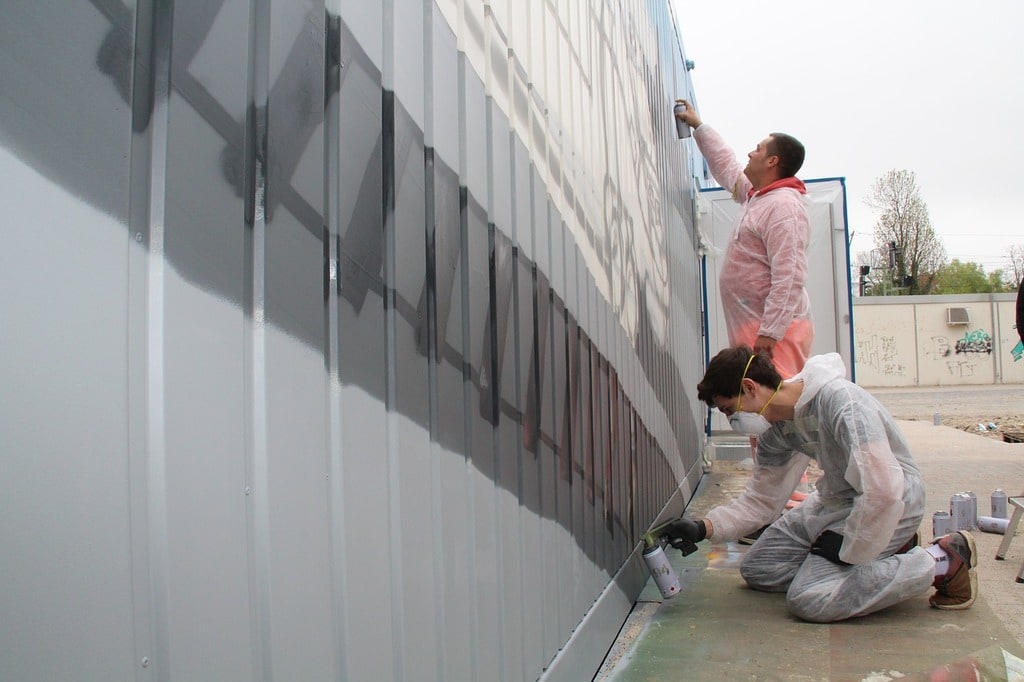In an era where information is abundant and easily accessible, traditional learning methodologies are undergoing a transformation. The need for creative learning approaches is more pronounced than ever. Innovators in education are now exploring diverse strategies to foster environments that nurture creativity and critical thinking in students. These new ways of thinking in creative learning aim to equip learners with the skills necessary to navigate a rapidly changing world.
Innovative Approaches to Creative Learning
Creative learning is no longer confined to art classes or extracurricular activities. It is becoming an integral part of the educational curriculum across various disciplines. The focus is on encouraging students to think outside the box, experiment with ideas, and take intellectual risks. New pedagogical strategies are being implemented to cultivate an atmosphere where creativity can thrive. These approaches often involve interdisciplinary learning, where students are encouraged to draw connections between seemingly unrelated subjects.
One effective method is project-based learning, which allows students to engage with real-world problems. This approach helps them develop problem-solving skills and learn how to apply theoretical knowledge in practical scenarios. Project-based learning often results in higher engagement levels and a deeper understanding of the subject matter.
Role of Technology in Creative Learning
Technology plays a significant role in shaping new ways of thinking in creative learning. Digital tools and platforms offer innovative ways to engage students and enhance their learning experiences. Virtual reality, for instance, can transport students to different times and places, enabling immersive learning experiences that were previously unimaginable. Such tools help in making abstract concepts tangible and relatable.
Online collaboration tools also facilitate creative learning by allowing students to work together on projects, regardless of their geographical locations. These platforms encourage collaboration, communication, and the exchange of ideas, which are essential components of the creative learning process. The use of technology in education not only makes learning more interactive but also prepares students for a tech-driven world.

Benefits of Creative Learning Strategies
Implementing creative learning strategies has numerous benefits for students. These methods help in developing a variety of skills that are essential for personal and professional growth. Here is a list outlining some of the key advantages :
- Enhanced Problem-Solving Skills: students learn to approach challenges with innovative solutions.
- Improved Collaboration: working on creative projects fosters teamwork and communication.
- Increased Engagement: interactive and hands-on learning keeps students interested and motivated.
- Adaptability: creative learning encourages flexibility and adaptability in thought processes.
- Cognitive Development: engaging with creative tasks stimulates cognitive growth and critical thinking.
These skills are transferable to various aspects of life, making students more adept at handling complex situations and challenges.
Future Perspectives in Education
As the world continues to evolve, the educational landscape must also adapt to meet new demands. Future perspectives in education emphasize the importance of creativity and innovation as integral components of the learning process. Schools and educational institutions are increasingly recognizing the value of fostering an environment that encourages creative thinking. The focus is shifting from rote memorization to understanding concepts deeply and applying them in novel ways.
Teachers are being trained to become facilitators of learning, guiding students through a process of exploration and discovery. There is a growing recognition that nurturing creativity is not just about preparing students for the workforce, but also about helping them become informed and engaged citizens. As these new ways of thinking in creative learning continue to gain traction, they promise to shape the future of education in exciting and transformative ways.
